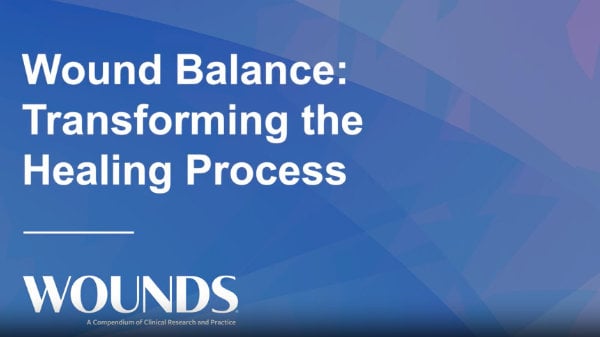Event
| Past Event
LINK for Wound Balance Congress 2023

- DateAndTime
- –
- Location
- Barcelona
- Organization
- HARTMANN (in partnership with Wounds International)
Learn more
Laura Swoboda
DNP, APNP, FNP-C, FNP-BC, CWOCN-AP, WOCNF | The Healing Institute | Clinical & Translational Science Institute of Southeast Wisconsin, Milwaukee Metro, Wisconsin
This poster, presented at the SAWC Fall 2023 (Symposium on Advanced Wound Care Fall), alongside a corresponding presentation by Dr. Alton Johnson, offers an in-depth look into the Wound Balance Concept. Through cases and comprehensive discussion, they illustrate the practical application of achieving Wound Balance, emphasizing its benefits for both patients and the care team.

Hello, I’m Zoe
I am here to help you to find what you are looking for. (Your virtual assistant)